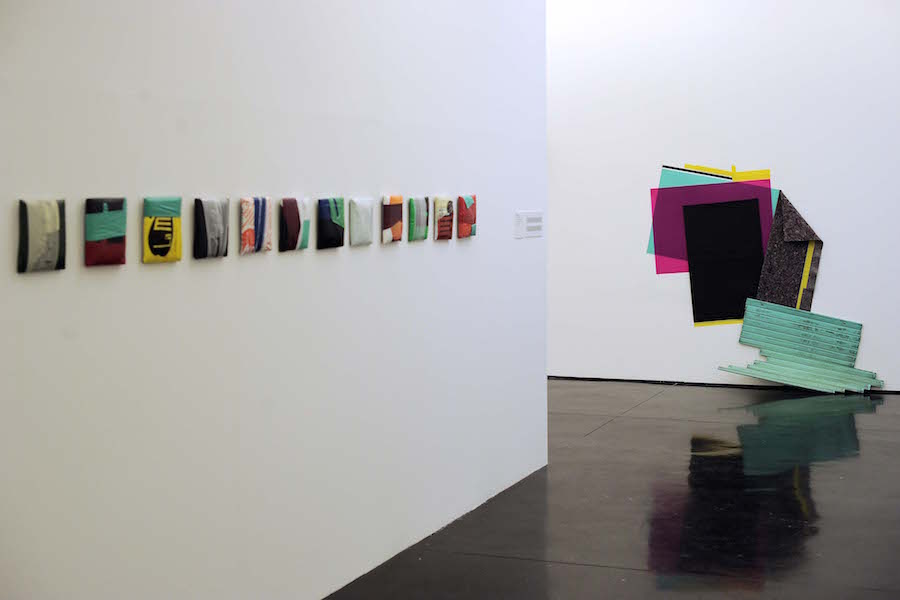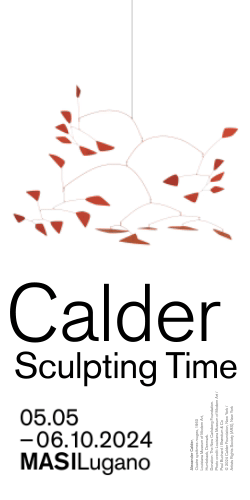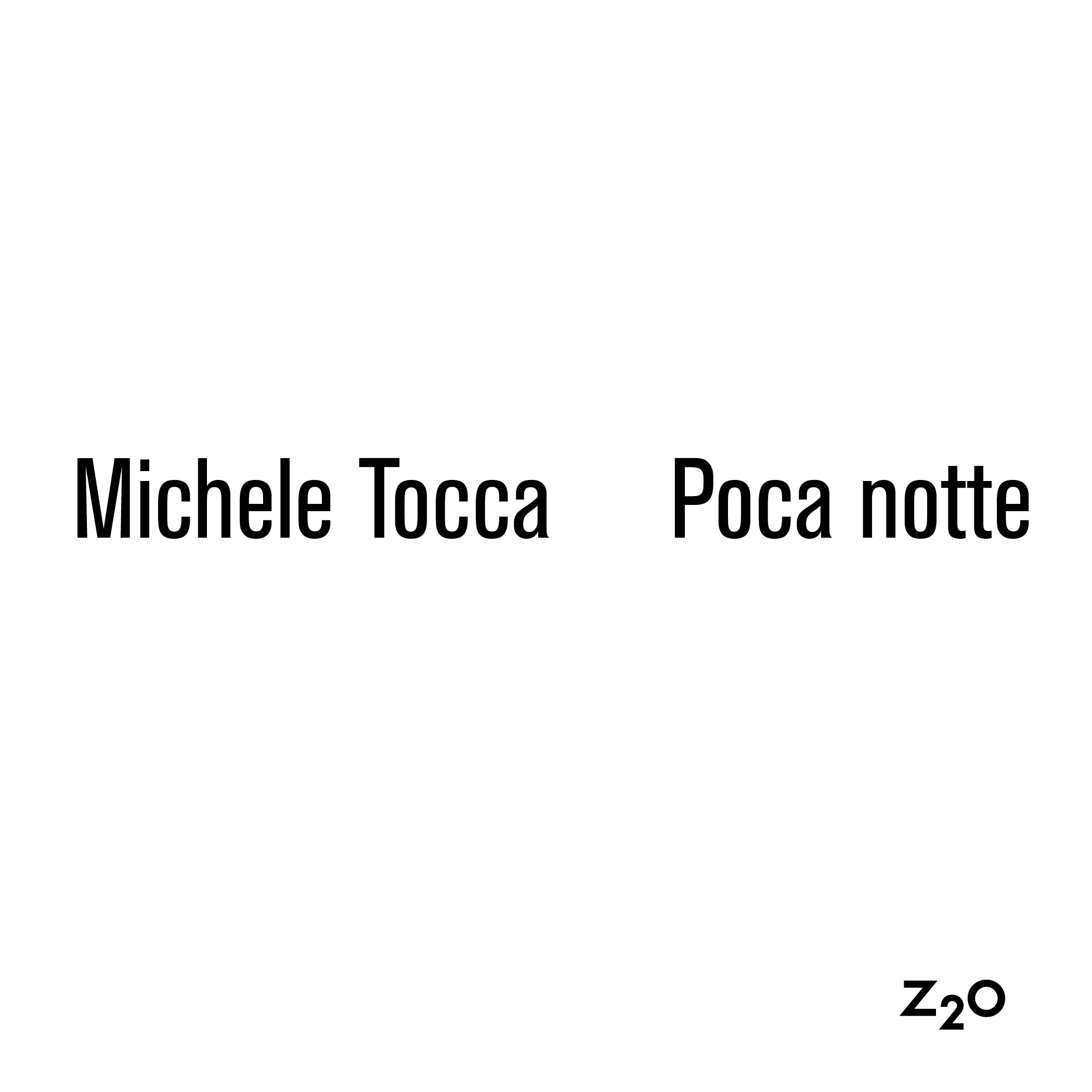Until January 31 MACRO – Museo d’Arte Contemporanea Roma hosts the second editions of ART Situacions, curated by María de Corral, Ilaria Gianni, Lorena Martínez de Corral and Vicente Todolí. ART Situacions, directed by Pilar Forcada with the collaboration of Zètema Progetto Cultura, in every edition analyze the art scene of a given country and puts it in relation with the Spanish one, offering a deep research on artistic poetics and languages.
In this edition, artworks by Italian artists Ludovica Carbotta, Gabriele de Santis, Anna Franceschini, Diego Marcon and Alek O. are presented along with pieces by Spanish artists Miren Doiz, José Guerrero, Rubén Guerrero, Teresa Solar Abboud and Anna Talens. The show, previously hosted at Villa Croce museum in Genova, from February 19 until May 8 will be on view at Matadero in Madrid.
For this first part we asked to José Guerrero, Diego Marcon and Miren Doiz to introduce us to their pieces in the show, highlighting from which necessities and life experiences they came about and how their research dialogues and have a relationship with the time we’re living in.

José Guerrero:
“I am showing three different sets of photographs (or polyptychs) that art part of three different series: ‘Thames II’ (5 photos, 2008), ‘Chinle’ (12 photos, 2011) and ‘New York-Night Lights’ (16 photos, 2011-2013). All of them are have in common a certain use of the sequencing to build a very specific narrative in which I am particularly interested in. In the other hands they also have in common being representations of iconic places that are part of the collective imaginary thought the literature, cinematographic and artistic references used in each of them. And they are connected by the use of a certain palette of colors and a certain atmosphere. As in any artist work my pieces are the result of my response to ‘a reality’ that surrounds me and to which I am particularly sensitive to and decide to approach to. It has to do with the places that I choose to work in, to the lights that I feel attracted for and with the syntax of the photographic language within groups of images.
I guess my work has a lot to do with my response to what I have already seen, experienced and processed intellectually at a present moment. I am particularly interested in bringing other creative and mostly past and classic references (literary, cinematic, painting) to my own commentary or photographic discourse within a contemporary environment. This question might deserve a much longer answer than this one”.

Diego Marcon:
“Any body suspended in space will remain in space until made aware of its situation (2015), the work shown at MACRO, is the last piece of Dick the Stick adventure. Dick the Stick first appeared in Interlude (introducing Dick the Stick) (2014), an animation film about a soldier – Dick – intent on polishing a boot. Dick then has been the protagonist of A script for Dick, a book published by Cura.books on occasion of the 3rd Menabrea Art Prize, that consists in a collection of 38 short episodes written by artists, writers and curators, each featuring Dick the Stick as main character. In parallel with the developing of the book, Dick started to take shape as vinyl stickers of environmental dimensions, applied on windows or walls. Each of the stickers portraits Dick in a different pose, tracing a repertoire of icons close to the religious iconography and to the imaginary developed by the characters of pop cartoons. The work shown at MACRO catches Dick in the moment where he realizes to be suspended in the white space of the frame, and so – according to the first law of Cartoons Physic – he falls. Dick comes out of my previous work, Pour vos beaux yeux (2013), a film on clouds. His body takes form from those clouds, his outline defines and closes one of them.
The present needs a distance to be put into focus. To make art is my way to investigate and to experience it. There is no possibility to reply to this question without the risk of talking only about the actuality, and not about the time we are living in”.

Miren Doiz:
In this exhibition I present three pieces of work. Two of them, from 2015, belong to a broad line of work that I call “No Painting” in which I explore the idea of painting with unusual materials as a way to overcome my “pictorial style”. Without using any paint or brushes I avoid the gesture, the mixing of colours and the brushstrokes, and those were the resources that used to define my way of painting. The first of them consists of a twelve-piece series of paintings that I created with all the plastic bags that were in my house at that moment, when I created the work. Underlying is the idea of reusing a very cheap and affordable material that we tend to accumulate and discard. Plastic is used without any control and is very hard-wearing, and this is precisely its main problem. It symbolizes the disposable but on the other hand it can be used for painting. It has its own characteristics but its colours, textures and shapes are common to painting. The other “No Painting” work is made with plastic, felt, sealer tape and a piece of window blind. In this case is a “painting” that leaves the wall and starts expanding, something very present in my work. Lastly, I present a work form 2013 that belongs to a series called “des-hechos” – a pun in Spanish between desechos (waste) and deshechos (unmade). In this series I work with objects or materials that I find around. In this particular case I used a folded piece of corrugated cardboard that I simply folded and painted. My work comes from the act of painting and undoubtedly from questioning its boundaries, but it also has a lot to do with my own personal experiences and life circumstances. All “No Painting” line of work comes from questioning all things learned, from wanting to get beyond my usual way of creating, from leaving my comfort zone behind to be able to progress. I could say that we are living a time of constant change; some changes are imposed to us, and some other we must or want to generate, and in this sense my work wants to display other possibilities and ways of creating.













